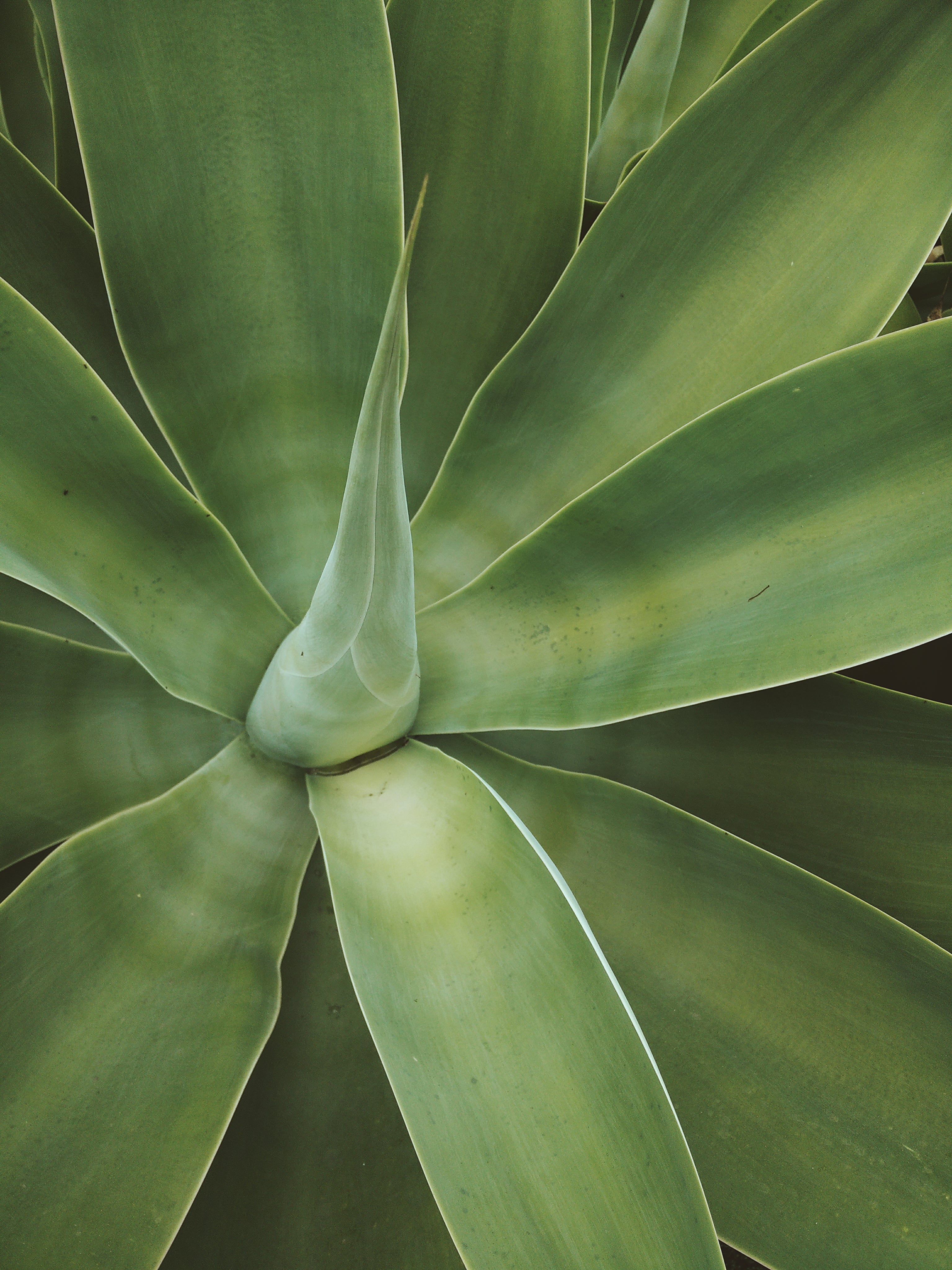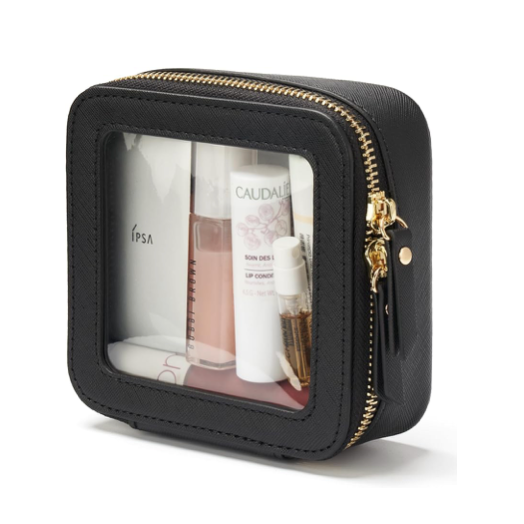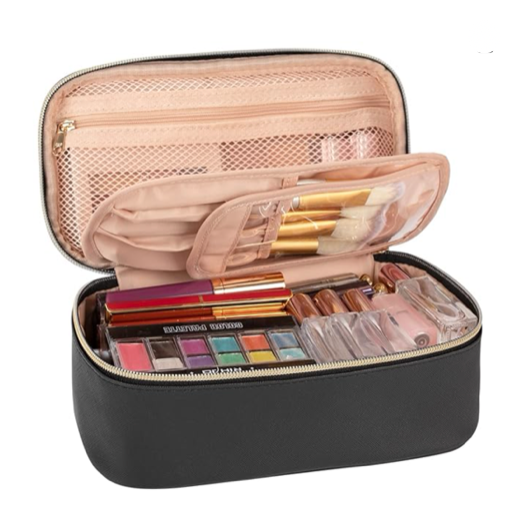What Is Tsubaki Oil?
Tsubaki oi,( pronounced: Soo-Bah-Kee). Also known as Japanese camellia oil, iis one of Asia’s best-kept beauty secrets. Derived from the seeds of the Camellia japonica flower, Tsubaki oil has been used for centuries by Japanese women, particularly geishas, to maintain smooth, youthful-looking skin and hair. Today, it’s gaining attention in the clean beauty world for its lightweight feel, potent antioxidant properties, and skin-nourishing benefits.
Tsubaki face oil is known for its exceptional ability to hydrate, protect, and restore balance to the skin—all without clogging pores or causing irritation.
Why Tsubaki Oil Is Different
Not all face oils are created equal. Tsubaki oil stands out because of its unique composition. It’s rich in:
-
Oleic acid (omega-9 fatty acid): Tsubaki oil contains up to 80% oleic acid, which mimics the skin’s natural sebum. This makes it deeply moisturizing and fast-absorbing, especially for dry and mature skin types [1].
-
Antioxidants: It’s a natural source of vitamin E, polyphenols, and plant-based squalene—compounds that help neutralize free radicals and defend the skin from environmental stressors [2].
-
Collagen-supporting nutrients: Tsubaki oil may help stimulate collagen production thanks to its high antioxidant and fatty acid profile, helping to maintain elasticity and reduce the appearance of fine lines over time [3].
Skin Benefits of Tsubaki Face Oil
1. Deep Hydration Without Greasiness
Tsubaki oil is ideal for those who want intense hydration without that heavy, oily finish. Because of its high oleic acid content, it penetrates deeply and strengthens the lipid barrier, locking in moisture where your skin needs it most.
2. Antioxidant Defense Against Aging
Pollution, UV rays, and daily stress all contribute to premature skin aging. A 2013 study in Food and Chemical Toxicology found that Camellia japonica oil shows strong antioxidant and anti-inflammatory effects, making it a powerful ally against oxidative damage [4].
3. Gentle on Sensitive Skin
Tsubaki oil is non-comedogenic (won’t clog pores) and free from common irritants like essential oils or synthetic fragrances. It’s often used to soothe dry patches, redness, or flaking without triggering breakouts or sensitivity.
4. Improves Elasticity and Firmness
Its collagen-supporting antioxidants and essential fatty acids may improve firmness and elasticity over time, especially when used consistently in a skincare routine. Anecdotal reports and traditional use both point to its rejuvenating effects on aging skin.
Who Should Use Tsubaki Face Oil?
Tsubaki face oil is especially beneficial for:
-
Dry or dehydrated skin that needs a boost of nourishment
-
Mature skin showing signs of fine lines or sagging
-
Sensitive or rosacea-prone skin in need of gentle, calming care
-
Combination skin types that want hydration without congestion
Even oily skin types can benefit, as Tsubaki oil helps balance sebum production—often overproduction is the skin’s way of overcompensating for dehydration.
How to Use Tsubaki Face Oil in Your Routine
Morning:
After cleansing and applying toner or a hydrating serum, massage 2–3 drops of Tsubaki oil into damp skin. Follow with sunscreen.
Evening:
Use it as the final step in your nighttime routine to seal in moisture and enhance overnight skin repair. It can also be mixed with your moisturizer for a nutrient boost.
Bonus tip: Tsubaki oil is safe for the delicate eye area and can double as a natural eye serum or makeup remover. Plus, it's also a good hair conditioner.
Sustainability and Purity
At Kyomi Skin, we source organic, cold-pressed Tsubaki oil from Japan to maintain the highest level of purity and potency. Cold pressing preserves the integrity of the fatty acids and antioxidants, making it more effective and skin-friendly.
Plus, Tsubaki oil is naturally stable—it doesn’t oxidize quickly—so it requires no synthetic preservatives to maintain shelf life, making it a clean beauty staple.
What the Research Says
Camellia japonica has been studied for its dermatological benefits and traditional medicinal uses in Asia:
-
A study in Journal of Ethnopharmacology found that extracts from Camellia japonica exhibit anti-inflammatory, wound-healing, and antioxidant effects, supporting its use in skincare [5].
-
Its oil has also demonstrated moisture retention and skin barrier enhancement, similar to ceramides, in studies examining barrier-disrupted skin models [6].
Final Thoughts: Why Tsubaki Deserves a Spot in Your Routine
Tsubaki oil is more than a trendy ingredient—it’s a time-tested, science-backed skincare powerhouse. Its luxurious texture, potent antioxidants, and barrier-repairing properties make it ideal for anyone seeking a natural solution to dryness, aging, and dullness.
Whether you're new to face oils or already have a shelf full of serums, Tsubaki deserves a place in your skincare ritual. It's a hero ingredient that delivers visible results—gently, naturally, and effectively.
Sources
[1] Dweck, A. (2009). “Camellia Oil: A Traditional Component of Beauty in Japan.” International Journal of Cosmetic Science.
[2] Baba, W.N. et al. (2016). “Bioactive Compounds and Antioxidant Activity of Camellia japonica Seeds.” Journal of Food Science and Technology.
[3] Okuda, M. et al. (2012). “Anti-wrinkle effects of Camellia japonica oil on human skin.” Journal of Cosmetic Dermatology.
[4] Cha, D. et al. (2013). “Camellia japonica suppresses oxidative stress and inflammation in human skin cells.” Food and Chemical Toxicology, 59, 545-553.
[5] Lee, J., Kim, M.H. (2014). “Traditional uses and pharmacological activities of Camellia japonica: A review.” Journal of Ethnopharmacology, 152(1), 29–36.
[6] Seo, S.J. et al. (2012). “Moisture-retention effects of Camellia japonica oil on the skin.” Archives of Dermatological Research.












